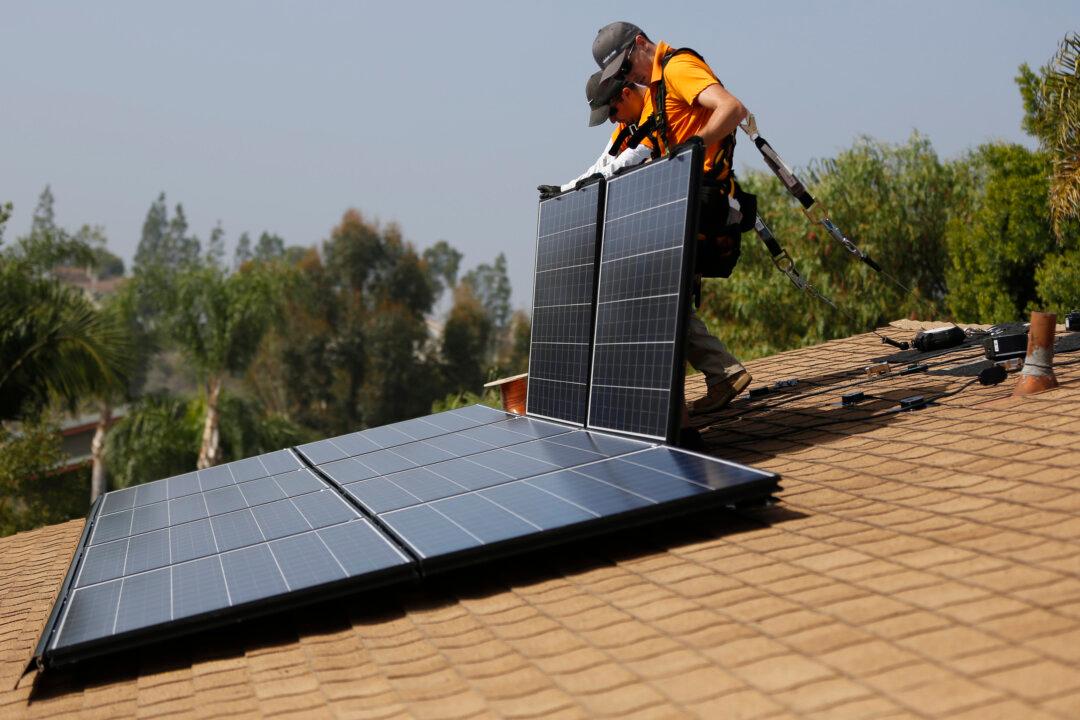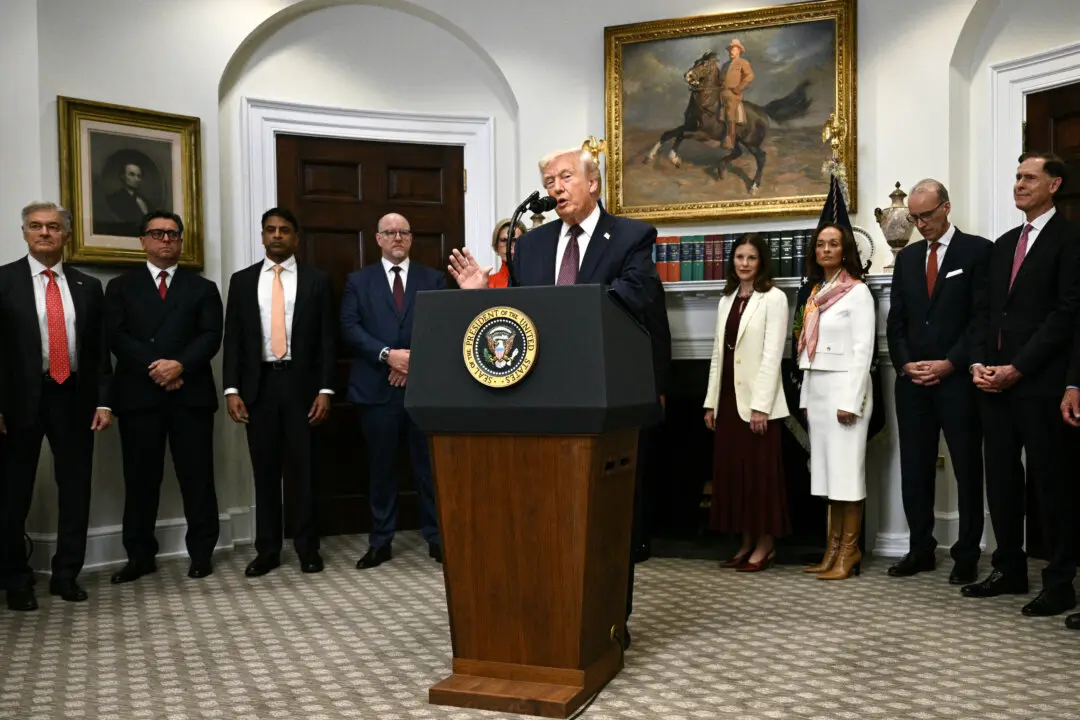A proposed decision announced on Aug. 2 would impact apartment buildings, schools, and farms that utilize solar power by changing tariff rules for properties with more than one meter.
If confirmed with a vote by the commission scheduled for Sept. 21, properties with multiple meters would be forced to sell energy to utility companies at discounted rates and repurchase the power at retail prices.





